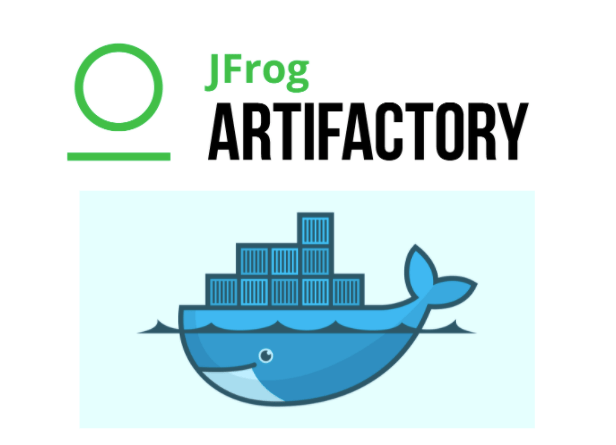How convenient would life become for developers if they could have all that is needed for the execution of software in one place? Containers have become a popular tool in today’s tech world as they contain all the dependencies of software and applications as a container image. Docker is a platform that is a service provider for sharing and storing Docker images. If you want to learn more about Docker registries, this JFrog Docker guide is a good place to start. In this article, we’ll focus on Docker benefits.

What are Docker Registries?
Container building requires a certain set of instructions that are carried in a Docker image. Containers can be created by running these images on the Docker engine. There is a need for a platform to hold these Docker images in one place. A Docker registry is a useful tool that serves as a storage location for Docker images. These registries include a variety of capabilities that can help developers with their container requirements. Docker Hub, Google Container Registry, Quay, JFrog Container Registry, and others are among the popularly used Docker registries.
Benefits of Docker Registries
Docker registries have a variety of features that benefit the Docker users by catering to a wide range of their demands and requirements. It gives software developers good control over their workflow as they can oversee the distribution of images as well as their storage.
Moreover, the Docker registries consist of public and private repositories. A user can push and pull Docker images onto the repositories. There are also options to extract these images from Docker itself or use other sources that are verified by the platform. Adding on, repositories are essentially there, so different versions of Docker images can be stored. It enables the users to name and tag the Docker images for the purpose of easy identification.
Automated builds are possible for containers in a Docker registry. There are some registries that allow developers to also cache images. The caching feature can be used on the builds under an automated process that pulls images onto the repository automatically. Such features save a lot of time and add to the efficiency of software development.
Benefits of Docker Hub
Docker has an official container registry called Docker Hub. Along with the general features of a Docker registry, Docker Hub consists of other characteristics that make its use beneficial for developers. Collaboration is made easy by the teams and organizations feature offered by Docker Hub. A team can easily collaborate over the platform to develop and execute applications. There can be several teams under an organization, and the accessibility of containers can be controlled accordingly.
Furthermore, Docker Hub offers a large library of images that hosts more than 100,000 images. Users can also integrate with other platforms like GitHub and BitBucket, and containers can then be put through automated testing. Webhooks is a feature specific to Docker Hub. It generates trigger actions that allow Docker Hub to integrate with other platforms once pushes have been made on the repository. Once the image has been generated, the developer can run the tests; if a test fails, the push is instantly stopped. Thus, quicker feedback can be obtained regarding the code and its functionalities.
It also has a free version that permits the use of some specific features without having to pay. This is of importance because users can have a feel of the platform, discover the functions and services it has to offer, and see if their requirements can be catered to via this platform. Public repositories can be accessed without any restrictions, along with a few private repositories as well.
The security features of Docker Hub add to its benefits. Docker Hub has built-in security features involving multi-factor authentication. Images can be scanned to ensure the containers’ security level and validity and to see if there are any threats linked to the code and the operating system of the application that is in the containers before they are distributed.
Docker Hub also allows Continuous Integration and Development, which are steps that are carried out to improve software delivery through automated procedures and the cornerstones of DevOps. This is of significance for developers as it brings improvement to all phases of software development, be it testing or production. The quality of code can be improved this way, along with its execution time and speed.
Conclusion
Docker registries and specifically Docker Hub, gives software developers a gateway to better development ways. The numerous features cater to different aspects of software building requirements and hence immensely benefit Docker users.